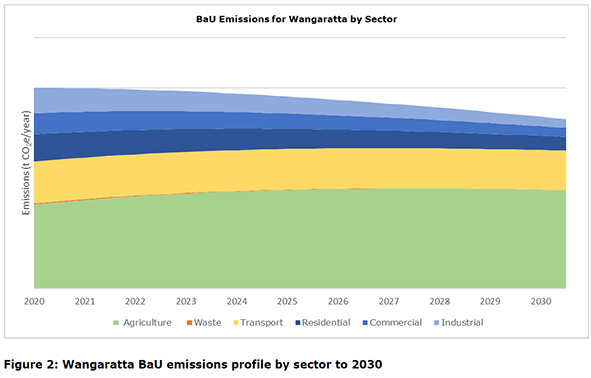Climate change
We are actively working to mitigate and adapt to the effects of climate change. We know our climate is changing and there is a greater risk of flooding, heat stress, drought, and harsher fire seasons.
These changes have a significant impact on our community and present many challenges. The 2019/20 summer season demonstrated the devastating impacts of harsher fire weather. Bushfires have long-term impacts on the ecology of the area, pose a threat to human life, and impact our economy.
How are we addressing climate change?
As a contributor to greenhouse gas emissions, we know we need to demonstrate leadership by reducing our emissions. We also need to find new, sustainable and innovative solutions to address climate change. Our Environmental Sustainability Strategy 2021-26 outlines actions we are taking over the coming years.
Currently the draft Climate Adaptation Plan that seeks to address the significant challenges posed by climate change on Council's operations, assets and service delivery is on public exhibition. For more information please visit the Connect Wangaratta Draft CAP page
here.
Community Emissions
Source: Wangaratta, VIC :: Snapshot
Currently the majority of the community's emissions originate from agricultural practices followed by electricity consumption and transport. In 2022 Council hired Ironbark consulting to provide emission forecasting to 2030 so that community leaders in our municipality may be informed of what sectors to prioritise in emission reduction activities. The report found that by 2030 transport and agriculture are likely to be the most significant emissions sources for Wangaratta as illustrated below,

When looking at this forecasting, most notable is the impact of the continual decarbonisation of the grid, which is set to be accelerated with the release of more ambitious emissions reduction targets by the new Federal Government. Community action in areas such as building efficiency improvements and the shift away from gas consumption is also forecast to generate reductions across residential, commercial, and industrial energy emissions.